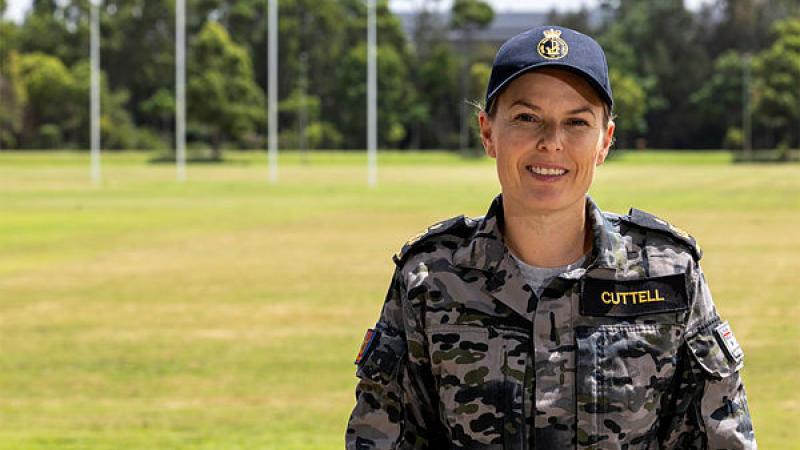Jayne Jagot’s swearing in on Monday will bring about the first female majority of the High Court and represents a major step forward in Australia’s justice system, a leading expert from The Australian National University (ANU) says.
Justice Jagot will be sworn in in a ceremony that has its origins more than 100 years ago.
Dr Heather Roberts from the ANU College of Law is Australia’s foremost expert on judicial swearing-in ceremonies. She said Justice Jagot’s appointment to the High Court, which has seven justices, is a “historic moment” for Australia’s legal profession and significant worldwide.
The ceremony comes more than 35 years after Mary Gaudron was sworn in as Australia’s first female High Court Judge.
“When Justice Gaudron was sworn in, she was the only female voice and the only female officially recorded as being present,” Dr Roberts said.
“On Monday there will be four female High Court judges – Chief Justice Kiefel, Justice Michelle Gordon, Justice Jacqueline Gleeson and Justice Jayne Jagot – and many senior female members of the legal profession.”
Dr Roberts said Justice Jagot’s appointment is an important recognition of the value of diversity in the judiciary.
“Justice Jagot is universally recognised as a brilliant legal mind and brings her lived experience as a child of migrants and attending public schools,” Dr Roberts said.
“She is an example that the search for leadership and talent should not be confined to a narrow, privileged elite. It is vitally important to the legitimacy of the courts that they should reflect the broad experiences of the Australian community.”
Dr Roberts said the swearing in ceremony dates back to 1903, when Sir Samuel Griffith took the oath as the nation’s first Chief Justice. The speeches often give new insight into the background and vision of the new Justice, and the Attorney-General’s priorities and approach to judicial appointments.
“The ceremony provides a rare glimpse of judges as people – with families and hobbies – and to hear how their professional careers developed,” Dr Roberts said.
Dr Roberts said in previous ceremonies for female judges, welcome speeches from the legal profession often placed great emphasis on the judge as a wife or mother, or their clothing choices.
“More recent ceremonies have recognised the discrimination that women lawyers faced in breaking the glass ceilings of the profession, and the importance of women judges as role models for both male and female lawyers, and of a diverse judiciary,” Dr Roberts said.
“While Australia will become one of a few countries worldwide with a female majority on its apex court, this does not mean that Australia should become complacent in working toward the goal of judicial diversity.
“Apex courts internationally have begun to reflect the cultural diversity of their communities. But much work remains to be done in Australia to ensure that cultural and ethnic diversity is better reflected in the courts.”








